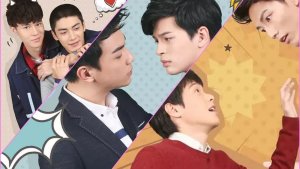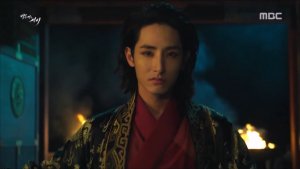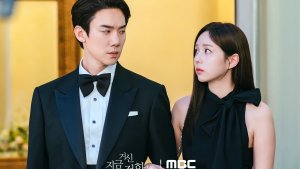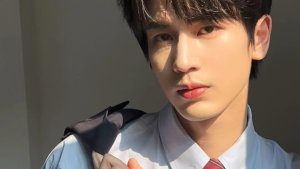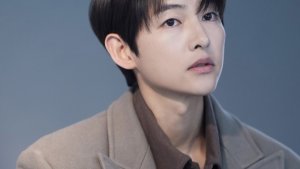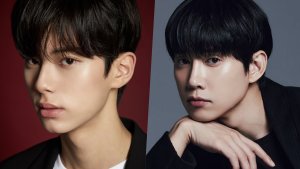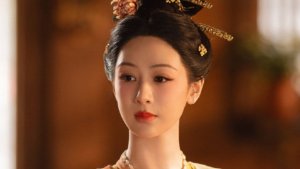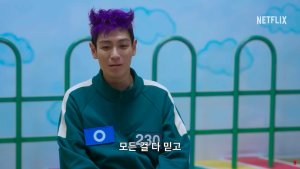 Dissecting HIStory: Part 2
Dissecting HIStory: Part 2
So, one day, I got the idea to try to analyse what kinds of personalities are most prevalent in K-Dramas. The only problem was that I had no clue how to come up with an effective way of classifying characters. Then, it hit me: the Sorting Hat! I decided to borrow Rowling's system of sorting students in the Harry Potter series to help me categorise drama characters. With some research, reasoning, and simple math, I was able to break down my data and draw some conclusions. So, let's begin this K-Drama character study.
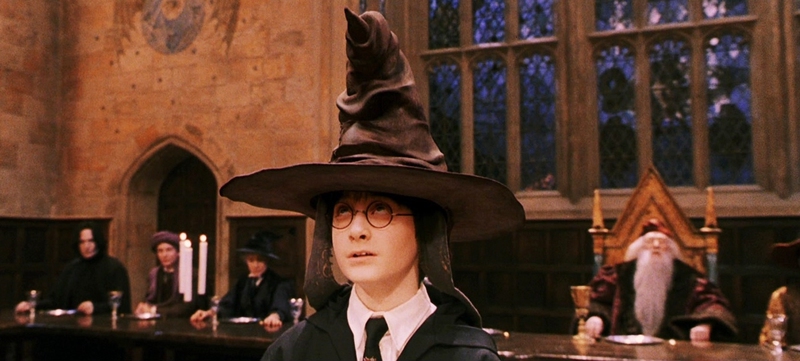
(image credit to harrypotter.wikia.com)
For the uninitiated, the Harry Potter books feature a school called Hogwarts that teaches magic to the young wizards of England. When new students arrive at the school, they are ushered into the Great Hall, where, one by one, they are sorted by the Sorting Hat. When the Sorting Hat is placed on their head, it reads their personality and declares them a member of one of the four houses at the school: Hufflepuff, Slytherin, Gryffindor, or Ravenclaw. Each house has certain personality traits associated with it, so all the students in each house tend to have similar personalities. Here are the traits associated with each house:
Hufflepuff - dedication, hard work, fair play, patience, kindness, tolerance, unafraid of toil, loyalty
Gryffindor - bravery, nerve, chivalry, courage, daring, short temper
Slytherin - resourcefulness, cunning, ambition, determination, self-preservation, fraternity, cleverness, ill-meaning (usually, but not always)
Ravenclaw - intelligence, wit, wisdom, creativity, originality, individuality, acceptance
I analysed 144 characters from 25 dramas. I sorted all of them using the traits listed above (which I got from the Harry Potter Wiki if you'd like to read up on the houses). Then, I went through and marked several things about the characters in my notes: whether or not the drama was a romance drama, first and second leads, and villains. I took some notes on the combinations of houses in romantic couples and which combinations appeared in the dramas with the highest viewership. The dramas I used are pretty varied, with a decent mix of romance and not romance, action and comedy, and unpopular and popular dramas.
Considering that there are only 4 possibilities (as in, there are only 4 houses), this system isn't exact, but for my purposes, it works well enough. Also, I want to note that there is a lot of crossover between personalities in each house. Not all smart people ended up in Ravenclaw, and not all brave people ended up in Gryffindor. I did my best to sort characters based on their whole personality, not just on traits they display most strongly. I tried to sort characters accurately and objectively. I would also like to say that this isn't a Harry Potter x K-Drama AU. I'm simply using Rowling's sorting system for my own purposes. Let's get this show on the road!
Dramas used and their average viewership:
38 Task Force(3.3%)
Arang and the Magistrate (14.3%)
Bad Guys (3.1%)
To the Beautiful You (5.1%)
Boys Over Flowers (25.7%)
City Hunter (16%)
Time Between Dog and Wolf (15.2%)
Gu Family Book (16.1%)
Descendants of the Sun (28.6%)
The Three Musketeers (1.3%)
Goblin (12.9%)
Healer (8.6%)
Iljimae (21.5%)
Misaeng (8.2%)
The Heirs (16.7%)
Moon Lovers: Scarlet Heart Ryeo (7.6%)
The K2 (4.9%)
Vampire Detective (0.9%)
Coffee Prince (24.2%)
Because It's the First Time (web drama, no rating)
Hyde, Jekyll, Me (5.3%)
Kill Me, Heal Me (10.1%)
The King of Dramas (7.2%)
Scholar Who Walks the Night (7.4%)
Strong Woman Do Bong Soon (7.7%)
Note: Viewership percentages are based on the AGB Nielsen Ratings and are taken from Wikipedia.
To start off, let's talk about how I decided what characters to use from each show. Some dramas have really small lead casts (ex: The King of Dramas, which only has 4), and some have really large lead casts (ex: Moon Lovers: Scarlet Heart Ryeo, which has 14). I decided to use the characters who had the largest impact on the main character, which means I kept all 14 of the leads from Moon Lovers and only used 3 of the leads from The King of Dramas. This means that some of the shows with larger casts had a larger bearing on the final statistics, but I don't think that's much of an issue.
Now, here are some charts with some of my results. This doesn't include all of my data since I don't want to take up a ton of space. I have all my data, including all the characters I sorted, in a Tumblr post here.
These are just a few of my charts:
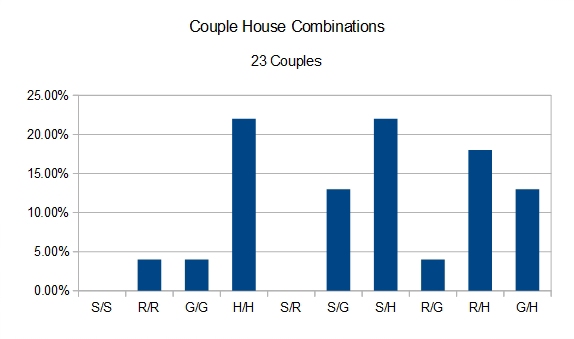
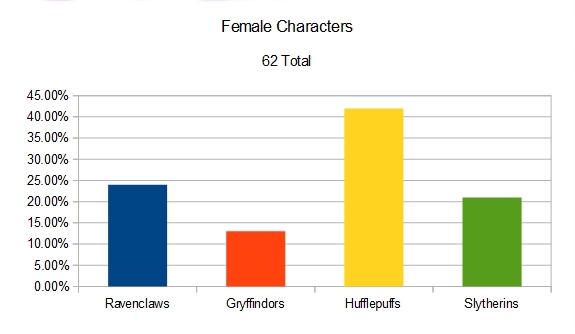
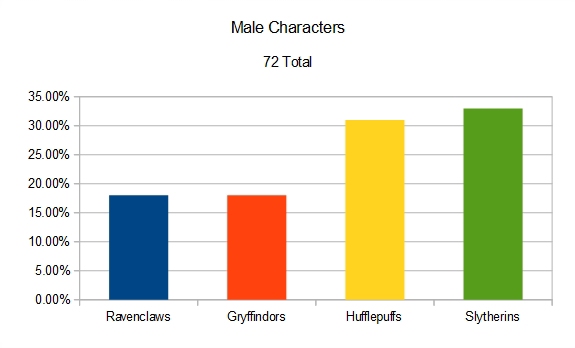
Okay, so now that you've perused some (or all) of my data, here are some of the conclusions I reached. Remember, what you see here isn't all the data I have. I will be referencing things that are in the Tumblr post, so I really think you should look at it so the rest of this article makes sense. Also, when I use words like all or most, I'm not referring to all K-Dramas, but to all of the K-Dramas I used, some of what I found could, theoretically, apply to all K-Dramas.
1) All the villains I sorted ended up in Slytherin. This suggests to me that, when writers write villains, they tend to use the same formula. There are unique villains (like Choi Yoo Jin from The K2), but at their core, they have a lot of the same traits.
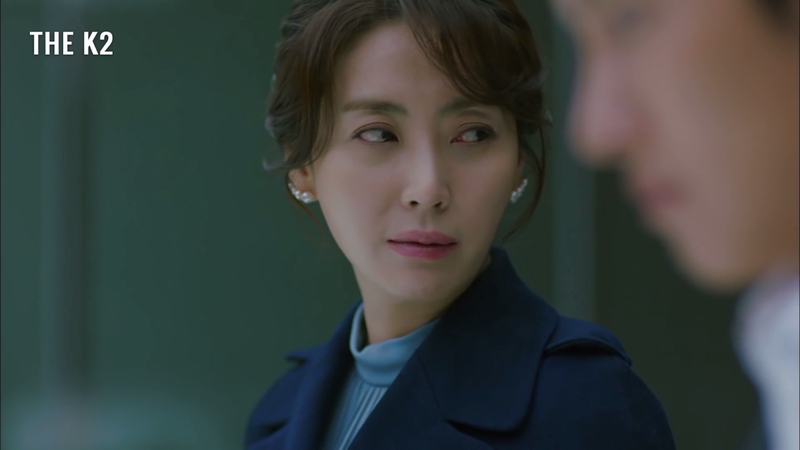
2) Hufflepuffs are by far the most common. This may be because they are the most relatable and have what many would consider appealing personalities, so writers include them frequently.
3) There were more female villains than male. This may be because of the number of dramas or which dramas I used. This also may be related to how lots of people associate cunning, lying, and sneakiness with women. Men tend to be associated with heroism.
4) Most female characters are Hufflepuffs, whereas most male characters are Slytherins. This appeals to the dominant male/submissive female stereotype.
5) Female lead characters have less variation than men. With women, 60% are Hufflepuffs and none are Slytherins. Male first leads are more evenly distributed among the houses.
6) Slytherpuff relationships (as in, a Slytherin and a Hufflepuff) are very common. These relationships are defined by a cunning, often ill-meaning man and a kindhearted, underestimated, hardworking woman. It's not a complimentary pairing. Two very popular couples (Jun Pyo x Jan Di and Soo x So) are Slytherpuff relationships. If that doesn't say something, I don't know what does.
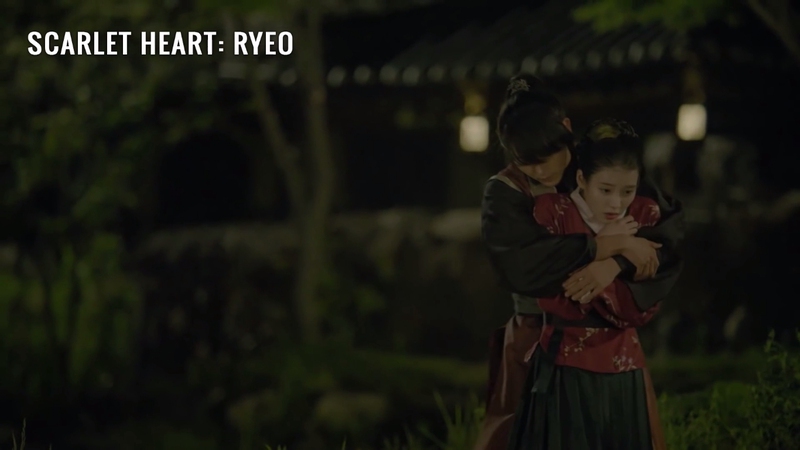
7) Surprisingly, there are an equal amount of Slytherpuff and Doublepuff (two Hufflepuffs) relationships. Doublepuff romance shows tend to have higher viewership than Slytherpuff shows, though. This might be because two Hufflepuffs are likely to get along better than a Hufflepuff and a Slytherin, and the viewers can see that.
8) Out of the 7 relationships in the 5 highest rated romance dramas I've watched, 5 of them were complimentary pairings.
9) Personally, I think the pairings with complimentary houses had more chemistry than those that didn't (ex: Jung Hoo x Young Shin, both Hufflepuffs, appealed to me more than Jan Di x Jun Pyo, a Hufflepuff and a Slytherin).
10) Not all heroes are in Gryffindor since a lot of them lack the impulsivity and short temper of a Gryffindor. For example, Seo Jung Hoo and Kim Shin are Hufflepuffs, Wang So is a Slytherin, and Yang Jung Do and Kim Jae Ha are Ravenclaws. Personally, I think some of the most interesting heroes aren't from Gryffindor.
11) Hufflepuff male first leads seem to be on the rise, with characters like Jung Hoo, Min Hyuk, Shi Jin, and Shin becoming more common and very popular.
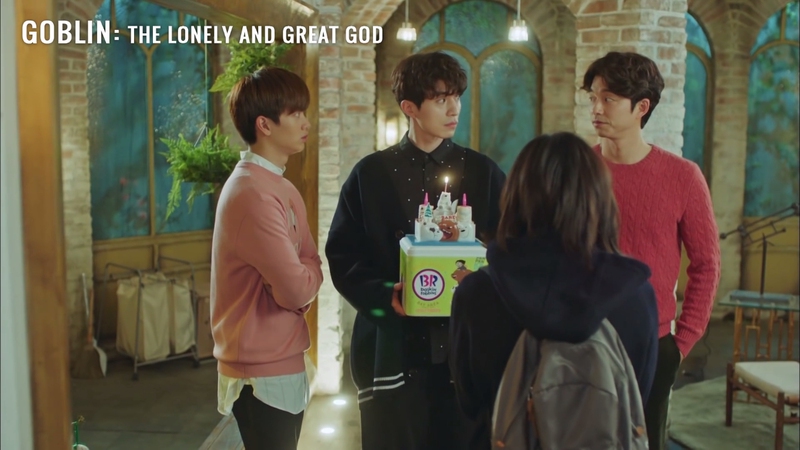
(there are so many Hufflepuffs in this picture I don't even know what to do)
12) Wrist grabs are common among all the houses. I figured this would be a Slytherin-exclusive thing, but I was wrong.
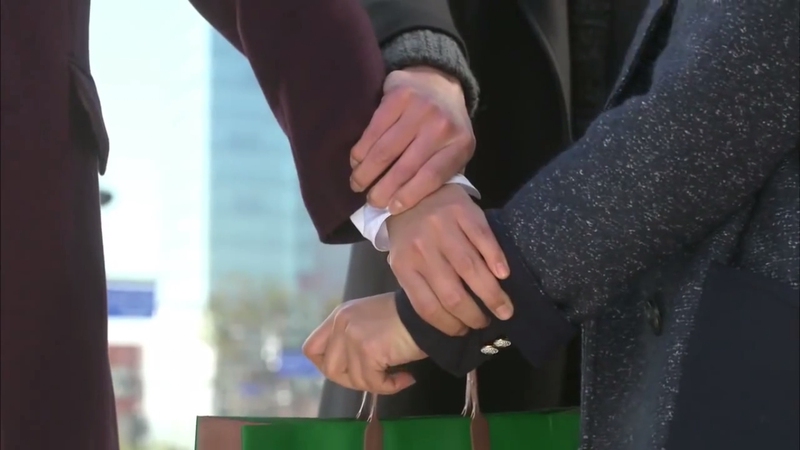
13) I assumed Slytherins would be at fault for all the pairings I didn't like, but that's not true. Turns out bad writing ruins couples, not the people in them. For example, I quite like Yoon Seo and So Hyun from The Three Musketeers, and that couple consists of a Slytherin and a Gryffindor.
14) Second female leads tend to be smarter than first female leads (39% Ravenclaw to 20% respectively). The same goes for second and first male leads (27% Ravenclaw to 4% respectively).
So, there's no telling how accurate these assessments are considering that the pool of dramas I sampled was actually kind of small. Still, this might make you think about what sorts of personalities make up the dramas you watch, Korean or otherwise. I plan on doing this again when I reach 50 dramas to see how the results change with twice the dramas.
I hope you enjoyed reading this. It was a lot of fun to put it all together. Do you think any of the conclusions I came to apply to a broader range of KDramas? Do you like seeing articles where I analyse things in this way? Comment below! See you soon!
(any image not credited is mine; cover photo credit to Dramabeans, wizard hats added by me)


